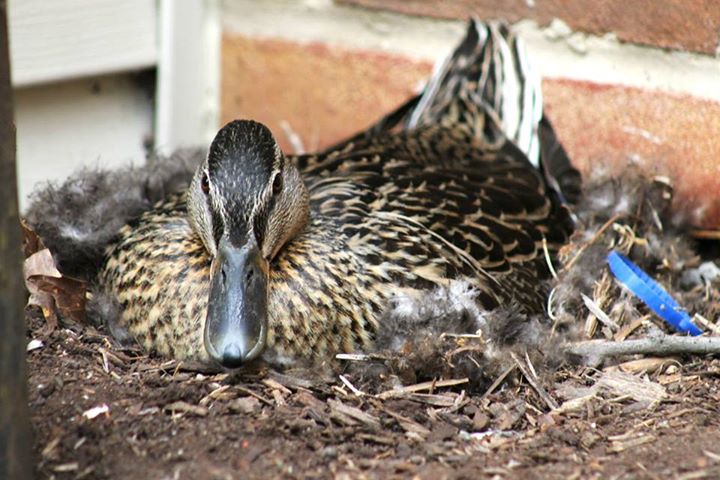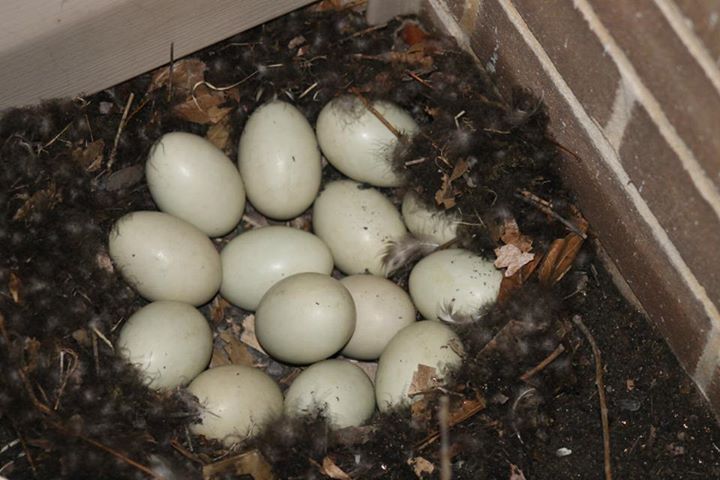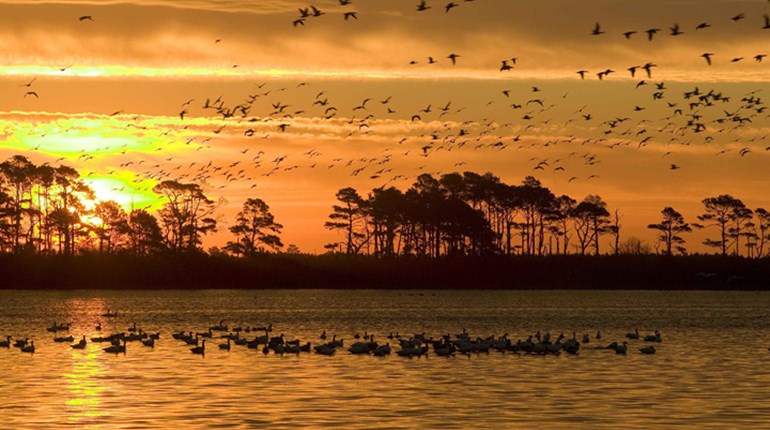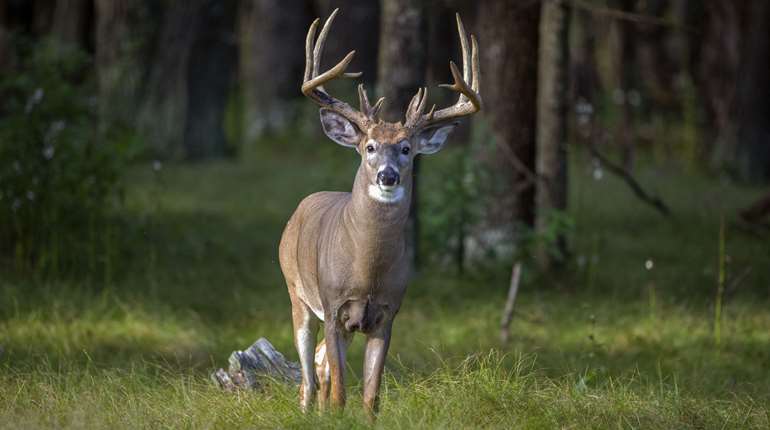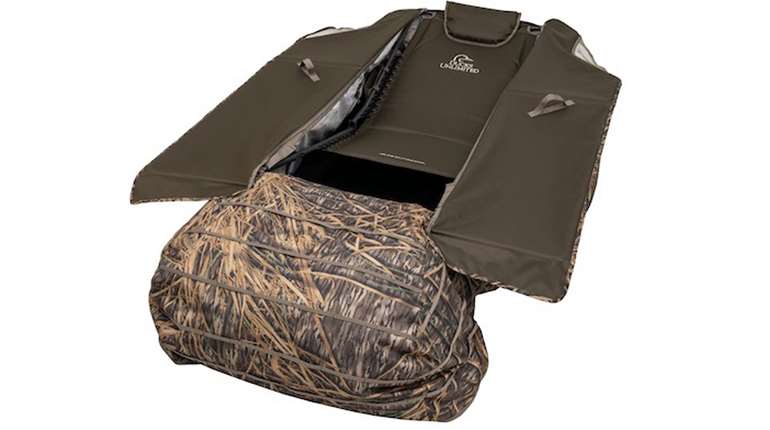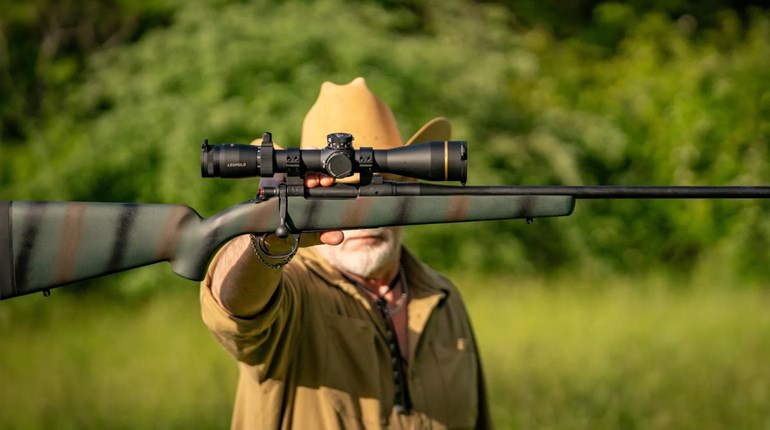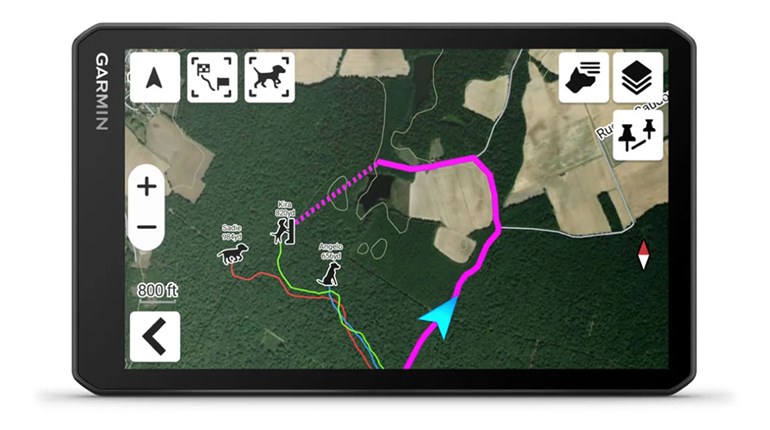
While many ducks require specific habitats for nesting and survival, the mallard is like the whitetail deer of the waterfowl world. He is highly adaptable, widely spread (even internationally) and an aggressive breeder. Which is why so many resident populations of mallards are found, yet localized pintails or teal are rare events.
The phenomenon is due in part to mallard hens' non-picky nesting habits. It's amazing all the seemingly inhospitable places you'll find them this time of year: on rooftops, in gardens, tucked away amidst professional landscaping or commonly even in flowerpots. According to Ducks Unlimited, as long as hen mallards' three basic needs are met—adequate nesting cover, nearby food, and proximity to water—they'll pop out eggs just about anywhere, even in town.
Take, for instance, this hen photographed by my buddy Tyler Coleman in downtown State College, Pennsylvania:
The hen laid a whopping 14 eggs beside the foundation of a college apartment complex. Given that average clutch size is 12, we can assume city life has been good for her health. Tyler found another hen nearby with 9 eggs, positioned similarly along the side of the building.
It's actually not a bad nesting strategy, given that there's less likelihood of encountering predators in town, save the occasional feral cat. If you do spot a duck nesting in your lawn or garden, keep in mind the cycle may repeat itself the following spring. Mallards are philopatric, which means that when a hen nests successfully, she'll often return to the same site next year.
